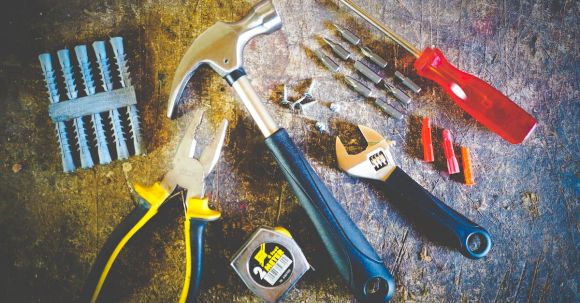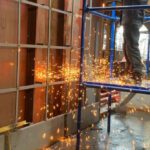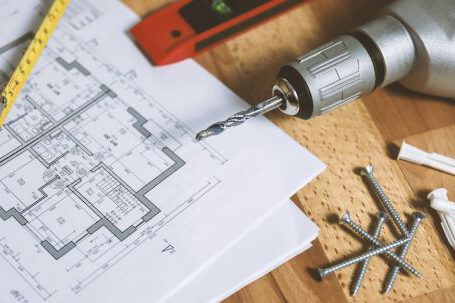Ergonomic design has become increasingly important in the construction industry as developers strive to reduce operator fatigue in heavy machinery and equipment. Ergonomically designed construction equipment offers improved comfort and safety for operators, significantly reducing the likelihood of injury or fatigue-related incidents. As the construction industry continues to grow, ergonomic design is becoming increasingly important in order to ensure that operators are able to perform their jobs safely and efficiently.
What is Ergonomic Design?
Ergonomic design is the practice of designing machinery and equipment so that it is comfortable and safe to operate for the user. It takes into account factors such as the user’s physical size, strength, range of motion, and dexterity. Ergonomic design also takes into account environmental factors such as noise, vibration, and temperature. In the construction industry, ergonomic design is used to reduce the risk of operator fatigue and injury due to the physical demands of the job.
Benefits of Ergonomic Design
Ergonomic design offers a number of benefits for operators of construction equipment. By taking into account the physical demands of the job, ergonomic design can reduce operator fatigue, which in turn reduces the risk of injury and illness. Ergonomic design can also make it easier for operators to use the equipment, as well as reduce the amount of time it takes to complete a task. Additionally, ergonomic design can reduce the risk of repetitive strain injuries, such as carpal tunnel syndrome, which can be caused by prolonged use of improperly designed equipment.
Ergonomic Design Considerations
In order to reduce operator fatigue in construction equipment, designers must take a number of factors into consideration. These include the size and shape of the equipment, the position and reach of the operator, the type of controls used, and the type of environment in which the equipment will be used. Additionally, designers must consider the physical capabilities of the operator, such as strength, dexterity, and range of motion.
Ergonomic Design and Safety
Ergonomic design can also improve safety on construction sites. By reducing operator fatigue, ergonomic design reduces the risk of accidents and injuries due to operator fatigue or error. Additionally, ergonomic design can improve visibility, allowing operators to better see the environment around them and reduce the risk of accidents and injuries due to poor visibility. Finally, ergonomic design can improve the overall comfort of the operator, which can in turn reduce the risk of injury due to fatigue and strain.
Conclusion
Ergonomic design is becoming increasingly important in the construction industry, as developers strive to reduce operator fatigue and improve safety. Ergonomic design takes into account factors such as the user’s physical size, strength, range of motion, and dexterity, as well as environmental factors such as noise, vibration, and temperature. By improving operator comfort and safety, ergonomic design can reduce the risk of injury and illness, as well as improve the overall efficiency of the equipment.






